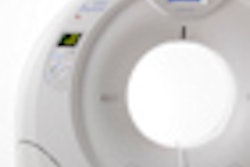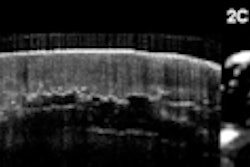Carestream Health has published an economic analysis that shows replacing computed radiography (CR) systems with digital radiography (DR) can generate productivity and cost savings.
The analysis was conducted by London research firm Matrix Evidence using data from the radiology departments of Brighton and Sussex University NHS Trust. The analysis was commissioned by Carestream Health and utilized two analytic models, one for a conventional x-ray room and one for a mobile system.
The research demonstrated that adding DR detectors to existing CR capacity is the most affordable option, Carestream said.
Based on using an x-ray room with a Carestream DRX digital radiography system and a mobile unit equipped with a Carestream DRX Mobile Retrofit Kit, both used at 100% capacity, performing 10,057 and 4,830 procedures per year respectively, the following benefits could be achieved:
|
Carestream also noted DR detectors can reduce radiation dose and provide improved image quality compared with CR technology. The company said it has sold more than 2,500 digital detectors worldwide.



















